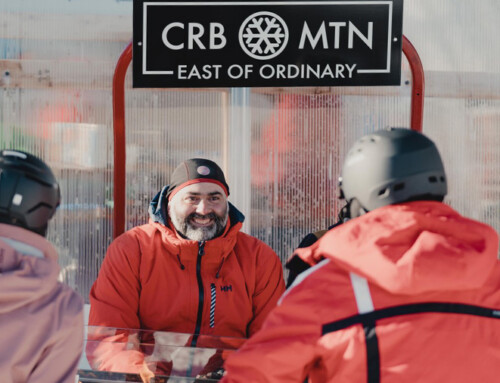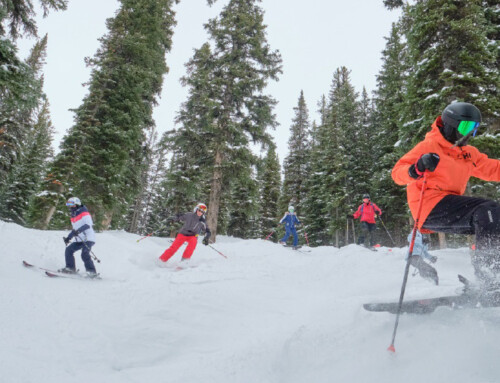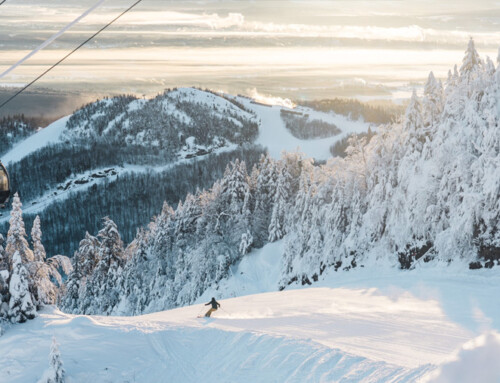BY: Josh Foster
Balance physics and flair for a symbiotic skiing experience
When people rock up to my Big White ski school, they usually say they want to improve their style and/or their technique. So are these worthy goals the same, or are they completely different? Does technique lend itself to style, and is style part of your technique?
I believe they are very different. You can go back a long way to research ski technique: the Arlberg technique, wedeling, Christie progressions, fast track to parallel – and you can bet there will be something new this year from the instructional bodies of the skiing nations because there always is! Although it’ll be shiny and new, the basic premise is always the same. It has to be because ski technique is based on physics.
Technique describes the way a skier moves and reacts to conditions, turn shape, terrain and speed to create a positive outcome, which is standing up at the bottom of the slope. What changes is ski equipment; our understanding of how to move in relation to the equipment is part of an evolutionary – sometimes revolutionary – process. Ski technique is constantly evolving because the changing equipment allows us to achieve different outcomes. Twenty years ago, we used huge, straight skis: A 200-cm ski was average for an advanced skier. Big movements were required to unweight the skis to head downhill. Up-unweighting was a common term and in most cases a necessary move. Now, a 170-cm or shorter ski is average, with a ton of shape or side-cut to allow the skier to roll between edges with little to no “up” movement. The technology has changed the technique.
If technique is the science of skiing, then style is the art. It’s possible to be very stylish in your approach to skiing but have a weaker technique. The converse is also true: Too much focus on technique can leave your skiing with an unappealing, boxy or rigid look.
It’s possible to have the best of both worlds if you don’t let style get in the way of technique. A skiing style that’s free, loose and relaxed is great, but if that involves a big arm swing for your pole plant or an unnecessary turn of the shoulders, then your performance will suffer. Those big moves take away from your balance against the outside ski and you’ll lose grip. Discipline in the upper body is key for balance. Think of a bit of tension in your core – not super stiff, but not a mushy noodle either. You want to be somewhere in the middle – al dente!
Many people equate technique to high-performance skiing and edge grip. Oddly enough, though, when people focus on edge grip, their “inner weirdness” comes out. Awkward moves that are forced and unnecessary can leave you rigid towards the end of the turn and fighting for balance. Good technique has a lot to do with feel. You need to be sensitive to the forces in your ski boots throughout the turn, seek balance on your edges and move with your skis. If you hammer on the gas or brakes when driving on an icy road, you are either going to spin your wheels or skid out of control. It’s the same on your skis.
Style is very different from technique, but you need both. Don’t let style affect your technique, and don’t be so focused on technique that your skiing doesn’t have any style.








